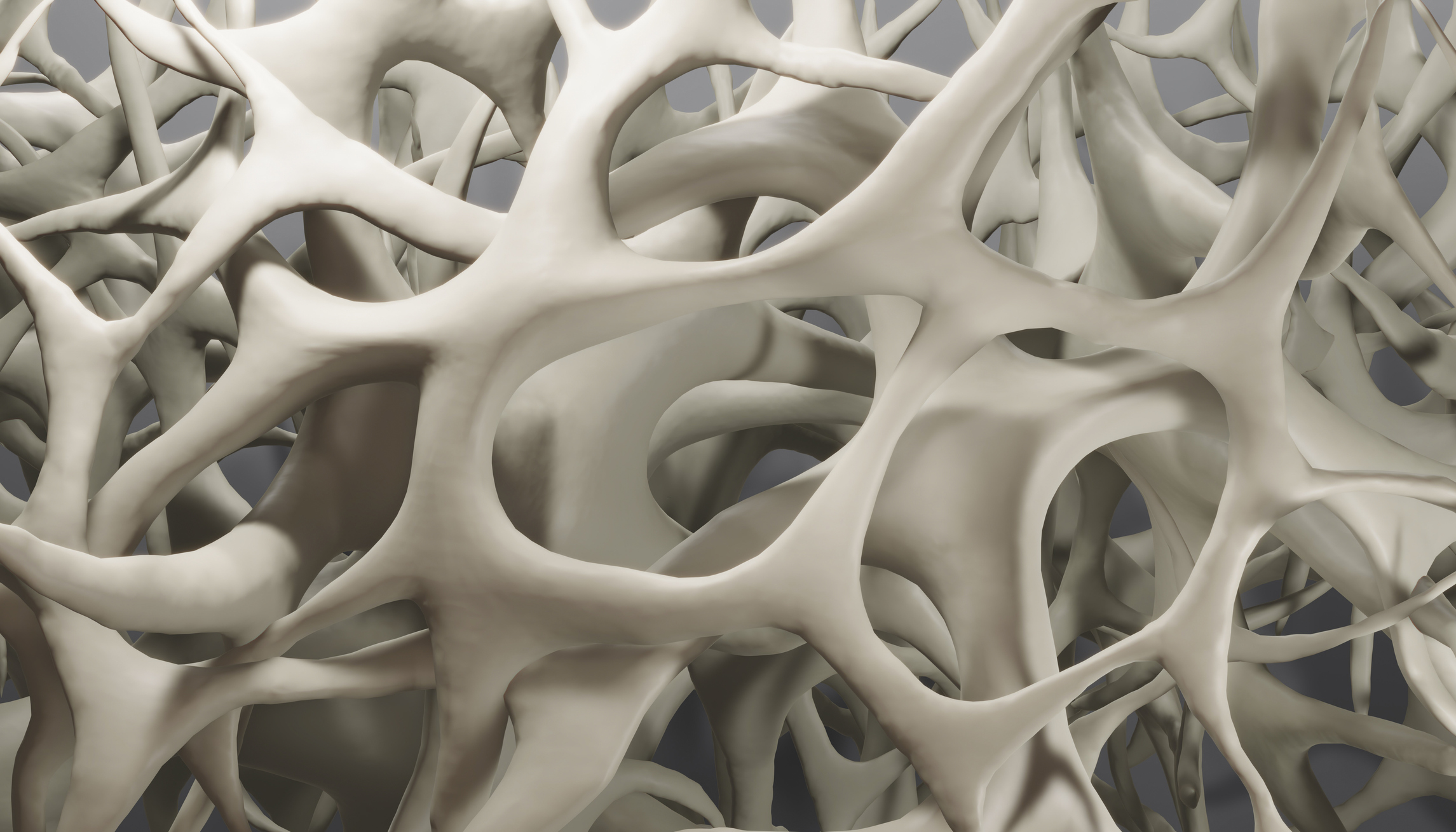Osteoporosis drugs can help rebuild bone by causing osteoclasts, the cells that break down old bones to die early. This can have unintended consequences as bone breakdown and the growth of new bone are closely linked. This can have the unintended consequence of causing breakdown of bones, and atypical breaks in thighbones.
In this excerpt from the book Real Cause, Real Cure by Jacob Teitelbaum, MD and Bill Gottlieb, CHC the authors explain some of the lesser understood dangers of osteoporosis drugs.
Osteoporosis Drugs: Building or Wrecking Bones?
If you want to find out the latest news about osteoporosis, talk to Susan Brown, PhD, director of the Better Bones Foundation and author of Better Bones, Better Body. (Her website is Better Bones.com.) Dr. Brown, a nutritionist and medical anthropologist, has deep insights into the causes and cures of osteoporosis—insights contrary to the myths that dominate the medical establishment’s perspective, such as the all-importance of calcium in combating the disease. She favors a natural approach to preventing, slowing, and reversing the disease.
If you’re diagnosed with eroding bone (the early stage, osteopenia, which affects 48 million Americans, or the more advanced stage, osteoporosis, which affects about 10 million), the key question is: Should you take a bisphosphonate, the most commonly prescribed class of bone-building drugs?
Many women decide, at the urging of their doctors, to take these drugs—at their own risk. There are billions of dollars’ worth of yearly prescriptions for these drugs, which include alendronate (Fosamax), ibandronate (Boniva), risedronate (Actonel), and zoledronate (Zometa, Aclasta). Dr. Brown points out that there are certain conditions of rapid, sustained bone loss in which bone-building drugs can be lifesavers. They include cancer treatment; taking high doses of the bone-robbing anti-inflammatory drug prednisone over a long period of time; and Paget’s disease, a genetic condition that destroys bone.
But for everyone else, bone-building drugs are probably a bad idea, Dr. Brown told us. In fact, research now shows that long-term use of these drugs may actually destroy bone!
“These medications dramatically reduce bone loss by bringing premature death to osteoclasts, the cells that break down and recycle old, worn-out segments of bone,” explained Dr. Brown. “However,” she continued, “bone breakdown and bone buildup are closely linked.” As Fosamax and other bisphosphonates effectively reduce bone breakdown, they also decrease new bone formation. Studies show that Fosamax suppresses bone forming by 60 percent to 90 percent.
Yes, said Dr. Brown, studies show Fosamax increases bone density, the standard measurement of osteoporosis. But Susan Ott, MD, a professor of medicine at the University of Washington and another critic of these drugs, said, “This is because the bone is no longer remodeling and there is not much new bone. The older bone is denser than the newer bone. There is less water and more mineral in the bone, and the radiographic techniques thus measure the higher density.” In other words, what looks like added bone tissue is not. “Many people believe that these drugs are bone builders,” said Dr. Ott. “But the evidence shows they are actually bone hardeners.”
Dr. Brown told us that her main objection to the drugs is when they’re used to address low bone density without any effort to identify the reason for the bone loss. “It’s not uncommon for physicians to simply hand out a prescription when they see a bone scan that indicates osteoporosis—or even osteopenia—without taking any steps to determine why bone is being lost, or even if bone is being lost!”
No real cause—no real cure.
“Treating the symptom with a drug doesn’t cure the disease—it simply masks the problem,” she added. “And most physicians don’t mention that these are very powerful medications with a profound impact on the body’s most fundamental processes.”
For example, there are now many case histories of women who took bisphosphonates for years and ended up with spontaneous and serious fractures. That’s because, as Dr. Brown explained, the drugs actually weaken bone, stopping both bone breakdown and bone formation, and creating bone that isn’t capable of renewing and healing itself.
The data is clear: These medications cause more harm than good after five years of use. “In almost all cases, taking a prescription drug is not needed,” Dr. Brown told us. “Osteoporosis and osteopenia medications are big business, but despite all the hype and marketing from drug companies, there is a safer, more effective and natural approach to bone health available to you.” Needless to say, I recommend a natural regimen that is proven to be nearly twice as effective as the medications. You’ll find my Real Cure Regimen for Osteoporosis.
For more ways to fix root causes of common health problems, purchase Real Cause, Real Cure from Bottomlineinc.com.

